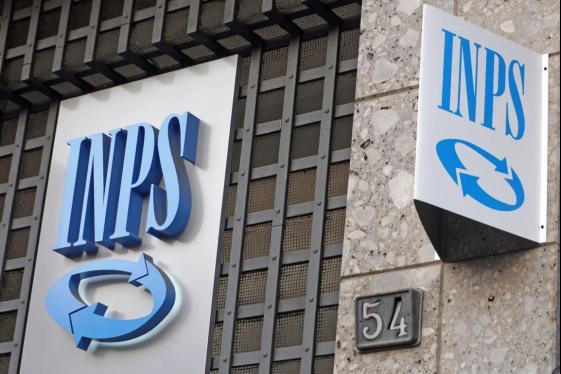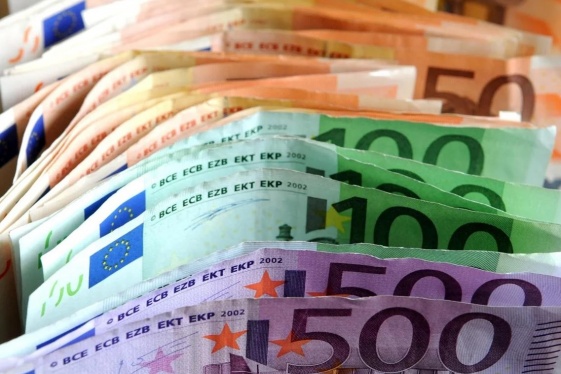

BY: We the Italians Editorial Staff
In Italy, the average gross salary in 2022 was €37,302, according to data from Istat for "economic units with at least 10 employees." This amount is roughly equivalent to a net salary of around €2,200 per month, although this can vary depending on local regional income taxes (IRPEF). However, when breaking down the average figure, significant disparities emerge.
The gross hourly wage is €16.4 on average, but it is slightly lower for women, at €15.9 per hour, while men earn slightly more at €16.8 per hour. This results in a gender pay gap of over €6,000 per year, with women earning €33,807 on average compared to €39,982 for men. According to Istat, the gender pay gap is most pronounced among graduates (16.6%, about three times the average) and managers (30.8%).
Another contributing factor is the fact that women generally work fewer hours than men: 1,539 hours per year for women compared to 1,812 hours for men. This is partly due to the higher prevalence of part-time contracts among women. In companies with at least 10 employees, the proportion of female workers in part-time positions is more than double that of men (12.3% vs. 5.2%). Furthermore, as Istat points out, part-time workers earn less, with an average hourly wage of €12 gross, compared to €17.3 for full-time employees.
There are also large differences between younger and older workers, as well as between those with secure jobs and those in precarious employment. Workers under 30 earn 36.4% less than those over 50, with a difference of 38.5% for men and 33.3% for women. Workers on fixed-term contracts earn 24.6% less than those on permanent contracts. According to Istat’s data, education also plays a significant role in salary differences. Employees with only a lower secondary education earn an average hourly wage of €12.4, 17.3% less than those with a higher secondary education (€15 per hour), and 43.6% less than those with tertiary education (€22 per hour).
The public and private sectors also show stark contrasts in wages. According to Istat's report, the average hourly wage in public sector-controlled entities is €20.4, while in private sector-controlled companies, it is only €14.4. This results in an annual income of €39,670 in public sector jobs and €36,034 in the private sector. Among various industries, the highest wages are found in manufacturing, with an average of €38,760 gross per year, while the lowest are in construction, with €32,202. The service sector falls in between, with salaries around €37,000.
Finally, there is a significant wage gap between the highest and lowest earners. The financial and insurance activities sector has some of the highest average wages, with an hourly rate of €25.9, while the lowest are found in accommodation and food services, with an average of €10.9 per hour. Among employees, the bottom 10% earn no more than €8.8 per hour, while the top 10% earn more than €26.6 per hour. This stark contrast underscores the continuing wage inequality across different sectors and demographic groups in Italy.
You may be interested
-
Art and culture investments boost Italian pro...
Over the past decade, Italian companies that have invested in art and culture have recorde...
-
Average retirement age in Italy rises to 64 y...
In Italy, the mandatory pension system is administered mainly by INPS (Istituto Nazionale...
-
Bank foundations in Italy boost community imp...
In Italy, bank foundations are independent, nonprofit organizations that focus solely on p...
-
Banks: fewer and fewer branches across Italy
The trend of banks "disengaging" from Italian territory continues unabated. Nearly half o...
-
Beyond the garden: past, present and future o...
For more than three decades, the rules of global trade seemed steady enough. Italy—long a...
-
Beyond trade: Italy’s investment imbalance wi...
As Prime Minister Meloni prepares to discuss tariffs with President Trump in Washington, f...
-
Create Value, Invest with Us: new opportuniti...
The "Create Value, Invest with Us" section is now online on the Agency of State Property’s...
-
Giro d’Italia and the Bike Economy. The excel...
2,100 million euros. That is the estimated value the Giro d’Italia generates for local ter...










